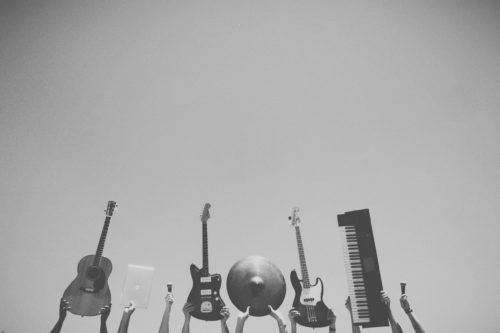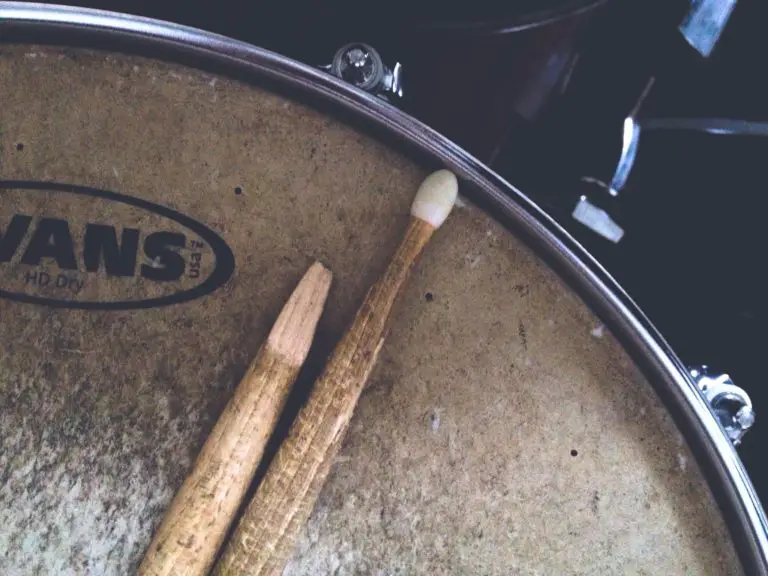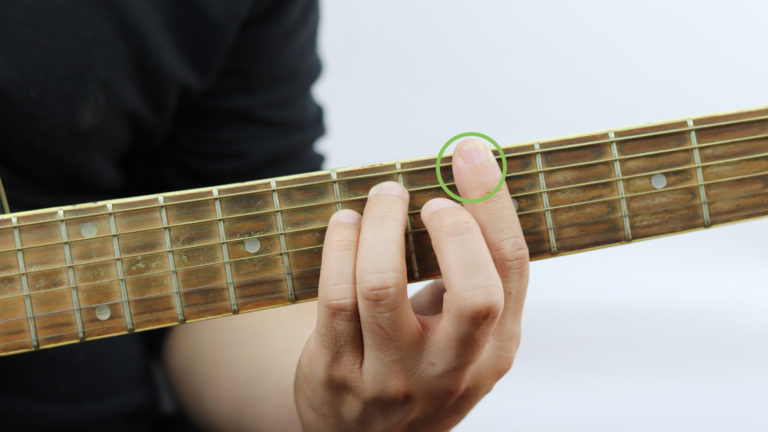How to Use Guitar Chords on the Piano
It doesn’t matter what instrument you play; the fundamentals of music remain. A chord is simply a defined spacing of notes played simultaneously. So if you think a guitar tab would sound neat on piano, you can (quite easily) make it happen.
How do you use guitar chords on the piano? By determining what notes compromise the chord and playing the corresponding piano chord. You may need to make minor adjustments for comfortable finger positioning, but this isn’t hard to do with a few handy tricks.
So, what are these “handy tricks” all about? Read on to learn how to apply your favorite guitar songs to another incredible instrument: the piano.
Why Play Guitar Chords on the Piano?
Why would someone opt to play a guitar melody on the piano in the first place? If you landed on this article, you probably have a reason.
It’s about the thrill of becoming a multi-instrumentalist. Being able to seamlessly transition between two of today’s most popular instruments and play them with fantastic skill is nothing to snub one’s nose at.
Additionally, learning how to apply guitar chords to the piano (and vice versa) improves your playing of both instruments. Having the knack of taking a guitar song and crushing it on piano makes you a better pianist than someone who can’t do that. Likewise, transforming a piano piece like Shostakovich’s “Waltz No. 2” into a guitar solo pushes you toward “legendary guitarist” territory.
So if you feel like your progress is stalling, pushing yourself into unfamiliar territory is an unbeatable way to jolt your musical abilities into growth.
Guitar Notes on Piano
You probably already know that western music uses the same twelve notes. Whether it’s a cello, a flute, or a banjo, playable notes include the following:
C – C# – D – D# – E – F – F# – G – G# – A – A# – B
Thus, guitars and pianos use these notes, too. But how do you go from a note on your guitar to the same note on a piano?
How to Find Notes on a Guitar Fretboard
On a guitar’s fretboard, everything looks the same. There’s no easy way to tell if a particular note is sharp or not. This becomes trickier when you use alternate tunings other than E-A-D-G-B-E.
Fortunately, there’s a way to make this a lot easier. If you know the key of each open string (which is E-A-D-G-B-E about 70% of the time), you can count from there. The easiest way to do this is to say the notes on the 6th string — the thickest one — out loud until you have them memorized. This pattern repeats on the twelfth fret.
Since the 6th and 1st strings are usually tuned to E, you’ve already figured out 2/6 of your fretboard. You can pick a note on the 1st string and go from there to get the notes. Slide up (to the neck) five frets for the same note on the adjacent string, and slide down two frets on the string to get to the next octave.
Remember that each note is one fret down (closer to the body of your guitar) when you hop to the B string. This can trip up a lot of players!
How to Modify Guitar Chords into Piano Chords
Playing a guitar chord on the piano is straightforward when using the technique we discussed. You only need to find one note — the root — to translate it.
For example, if you play a minor-sounding chord with a root note of C, you can play a C minor chord on your piano. You can play a guitar chord note-for-note on the piano, but you’ll find yourself straining your fingers.
So, how do you form guitar chords and their matching piano chords?
Forming Guitar Chords
There are several ways to create a guitar chord.
You can play barre chords if you’re feeling masochistic, or you can simplify things into two-stringed power chords. But ultimately, it comes down to the root note and the third when determining what to call a particular chord.
For example, you can play an E major chord as:
e – – – 0 (E)
B – – – 0 (B)
G – – – 1 (G#)
D – – – 2 (F)
A – – – 2 (B)
E – – – 0 (E)
Playing an E minor chord entails removing your finger from the G string, so the third note is half a step lower on the open string.
Ultimately, the notes in a guitar chord can show up in a messy order. As long as they’re there, it doesn’t matter if the notes in an E major chord (E, G#, B) are tidy and sequential like they would be on a piano.
Forming Piano Chords
Unlike standard guitar chords (excluding power chords), piano chords usually contain only three notes. A piano chord contains only the root note, the major third, and the perfect fifth when looking back at E major.
The piano version of E major contains the equivalent of the open E string (E), the fourth fret on the E string (G#), and the second fret on the A string (G#). The presence of a sharp note means you’ll need to hit a black key.
Of course, it’s impossible to play these notes simultaneously on guitar. You can’t play more than one note on a string. On the piano, however, you could press all 88 keys simultaneously if you had enough fingers.
Thus, piano chords contain all of their notes within the same octave. Guitars cannot do this, which is why an E major chord spans three octaves.
Going From Guitar to Piano
The easiest way to translate a chord on guitar is to play the equivalent. You can play the matching piano chord once you determine a chord as D major, E minor, etc.
Note that you won’t have a pitch-for-pitch match. However, the sound will still fit with whatever melody you’re trying to play. Plus, it’s much easier to quickly shift between chords when dealing with three notes rather than six.
Know that you can play a guitar chord with the same notes on the piano. Unfortunately, you’ll need to press up to six keys (one for each string) to get the harmonic equivalent. And you can’t merely “slide down” to the next chord in a song like you’re playing guitar.
Seventh Chords and More on Guitar and Piano
What if you’d like to take a bluesy-sounding seventh chord to the piano? Major and minor chords only require three piano notes, but alternative chords (like 7ths) may need a fourth.
The same principle as above applies. Instead of trying to “copy-paste” a guitar chord onto the piano, find the equivalent and play that. If you aren’t yet familiar with intervals, you can get a handy reference book for cheap. It’ll make translation so much easier.
To help you get started, we’ve listed each guitar’s seventh chord — for piano. Take a screenshot for easy reference!
| C7 – C, E, G, Bb | C#7 – C#, F, G#, B |
| Db7 – Db, F, Ab, Cb | D7 – D, F#, A, C |
| Eb7 – Eb G Bb Db | E7 – E, G#, B, D |
| F7 – F, A, C, Eb | F#7 – F#, A#, C#, E |
| G7 – G, B, D, F | G#7 – G#, B#, D#, F# |
| Ab7 – Ab, C, Eb, Gb | A7 – A, C#, E, G |
| Bb7 – Bb, D, F, Ab | B7 – B, D#, F#, A |
How to Play Power Chords on Piano
Things don’t get easier than power chords. They consist of two notes: the root and a perfect fifth. Consequently, it’s super easy to play them on piano.
This is the one case where copy-pasting individual notes makes sense. For example, if you have an F power chord (which is neither major nor minor), all you need to do is leave out the middle key of a standard three-note piano chord.
Fortunately, you’ll find that many modern guitar songs, especially punk, rock, and metal, are based on power chords. Thus, it’s not hard to play these tunes on the piano within minutes!
It doesn’t get any easier than this, so we’ll hush now before I accidentally complicate things.
Conclusion
Using guitar chords on the piano is a brilliant way to become a better guitarist and a better pianist. With the tricks we discussed in this article, you’ll be well on your way to developing a musical understanding you never knew you had.
It comes down to knowing your intervals, specifically the minor/major third and the perfect fifth. Once you do, you can easily apply the same pattern to any chord — on guitar and piano. While the way you play each instrument may differ, the fundamentals of chord forming do not.
So don’t overthink long enough to get confused — it’s not complicated. Get started as soon as possible, and drop some Megadeth, Ed Sheeran, or whatever guitar riff you please onto the nearest keyboard or piano. You’ll be amazed by what happens.






